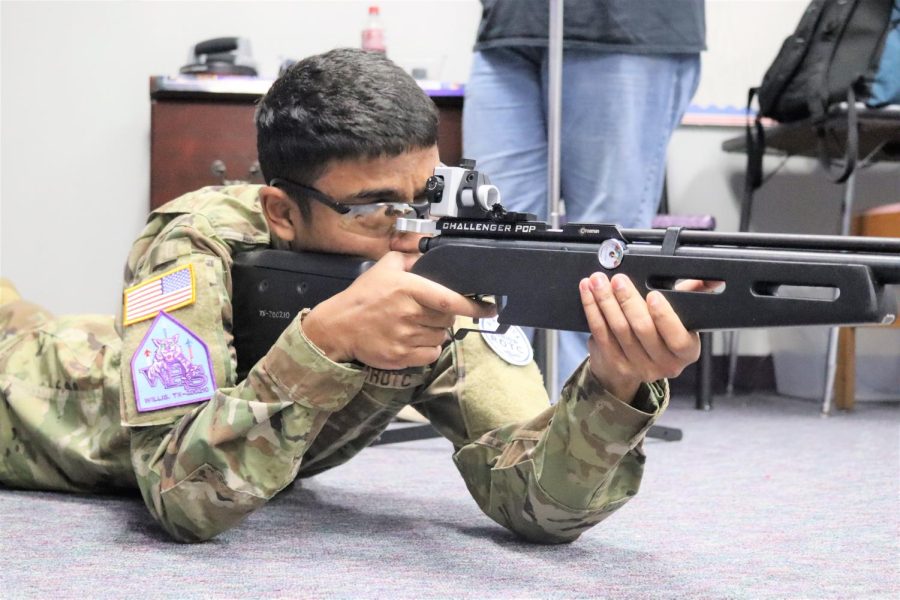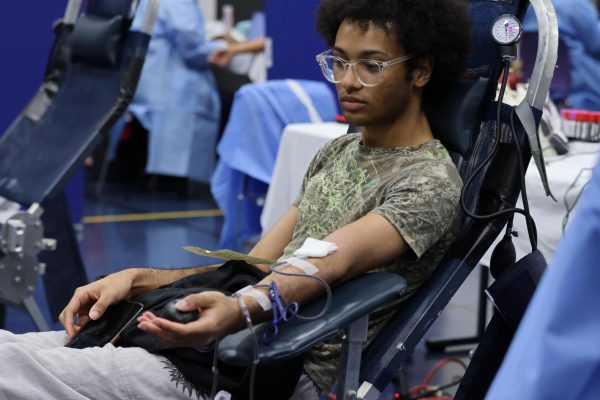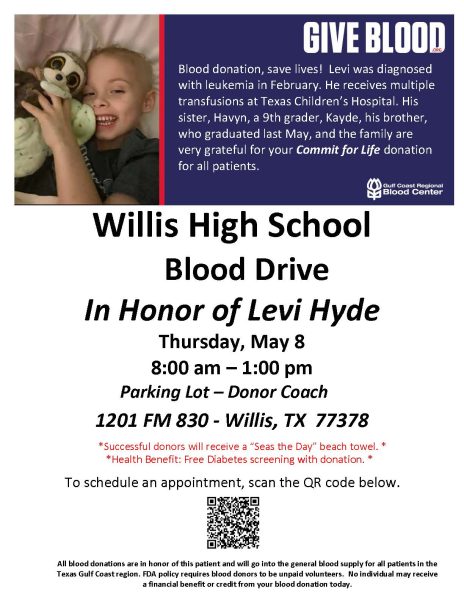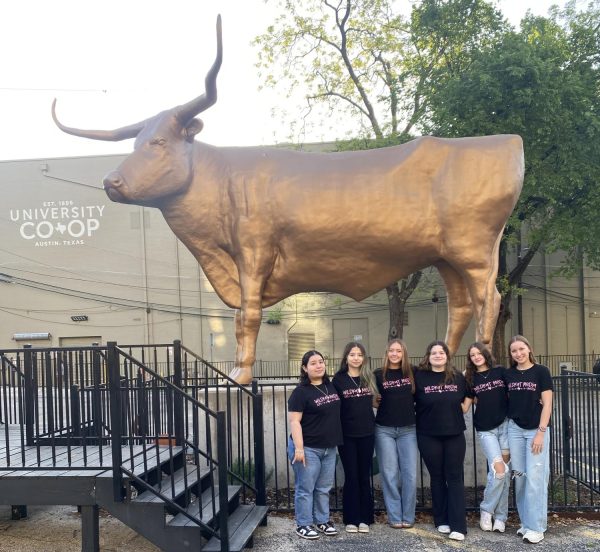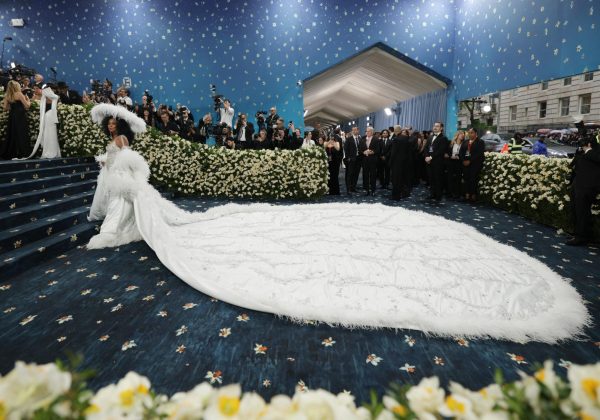Skills sharpened as cadets prepare for competition
photo or infographic by Gaby DeLaRosa
COCK, LOAD, SHOOT. Senior Joshua Ramoutar shoots his rifle during Marksmanship practice. While competing shooters only have 10 minutes to shoot 10 rounds in the prone position.
The cadets line up, looking at each other through their peripherals. They know that they are here to win and one quote echoes in their minds: fortune favors the brave.
Preparation and bravery is needed to come home with the win on competition day, March 4, 2023. This competition will feature almost every team included in the JROTC program. The skills vary as much as the talent of the cadets.
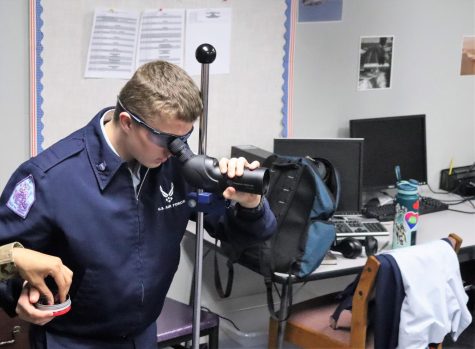
The world outside the classroom such as current events and the material learned in JROTC is covered by the academic team. Some of the seniors involved have seen great progress in their four years of competition.
“I’ve been on the team all four years,” senior Dillan Wilson said. “It’s been rewarding to see how far the team has gone. Like our last competition we placed, I don’t think we’ve placed any other competition so that was really good to see.”
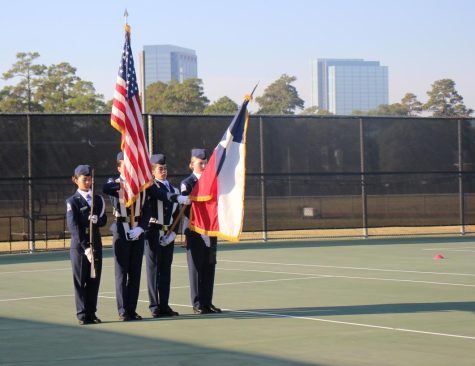
Joining a team can provide opportunities to aid a cadets weaknesses. JROTC activities allow cadets to pursue their interests and figure out their strengths.
“With the academic team you need to communicate with your fellow team members, and that helps with communication skills,” Wilson said. “As well, the academic team just kind of helps with general studying, figuring out what you exactly need to study because there’s some stuff that you don’t need to study at all.”
Being in extracurricular activities has helped students make connections, It strengthens the cadets’ bonds by doing activities together.
“I didn’t know a lot of leadership things,” junior Luna Armendariz said. “Marksmanship has definitely taught me to get out of my shell.”
Drill movements and commands are learned on the exhibition team. Being ready for competition can prepare students for the real world.
“It helps me stay organized,” senior Lily Barron said. “And I am prepared for anything that’s shot at me at any last moment because we go to competition, but we don’t know exactly when we’ll be going. So once it’s thrown at you like you got to prepare last minute.”
Cadets get the chance to have a figure of authority within the corps. When a cadet works hard and stays dedicated, they ultimately go up the chain of command.
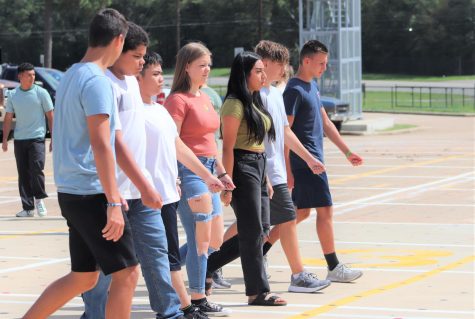
(photo or infographic by Lilly Blue)
“Being on this team is going to help me in my future career,” sophomore Koby Tolbert said. “I am now the commander so I have to make decisions based on my entire team, not just myself.”
As a team member of color guard, students grasp the idea of leadership. Color guard incorporates the use of flags, rifles and drill.
“Being on this team will help me in my future career because it shows me how to be a leader on the team,” senior Joshua Baldwin said. “It also shows me the best way to teach people things or to learn things. Instead of being like ‘oh I already know how to do that,’ you can always learn new stuff, and I find that out on color guard every day.”
Your donation will support the student journalists of Willis High School. Your contribution will allow us to purchase equipment and cover our annual website hosting costs.
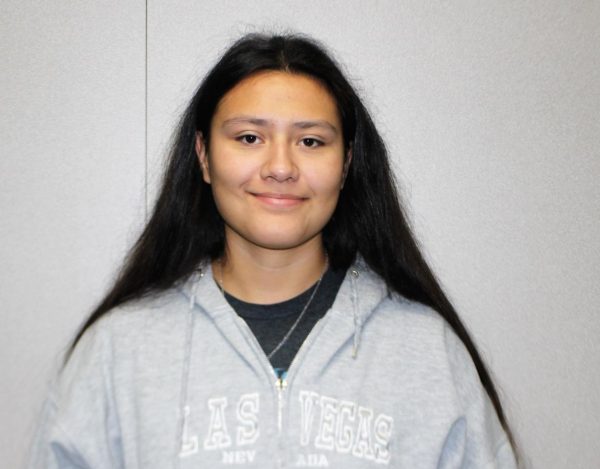
Gabriela De La Rosa is a senior. She is the PA Officer for AFJROTC, loves watching Formula 1 Racing, and photography. You can reach her at [email protected]
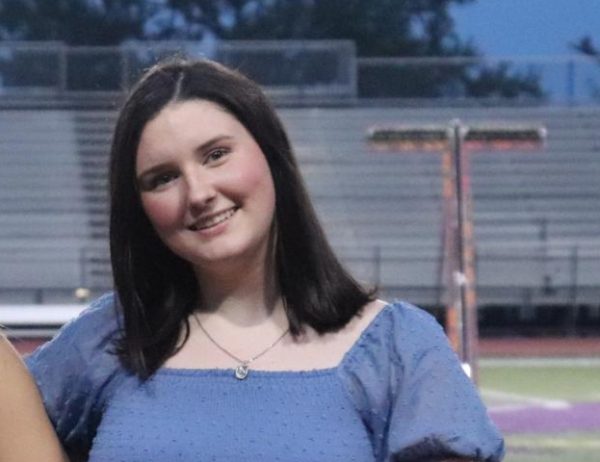
Lilly is a senior, and she has loved photography since she was young. She loves taking pictures, and she will write stories if she has to. She is on the...


